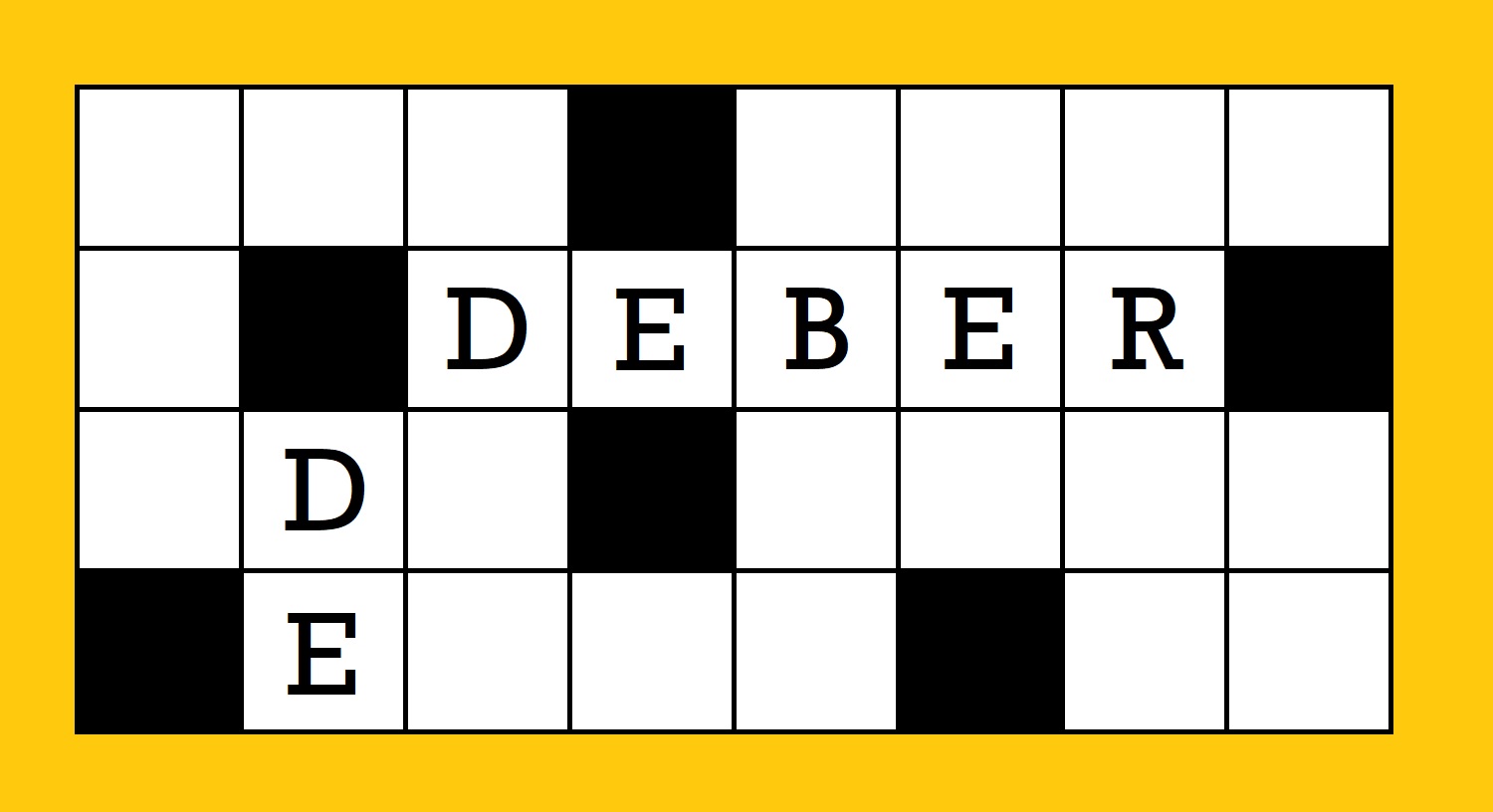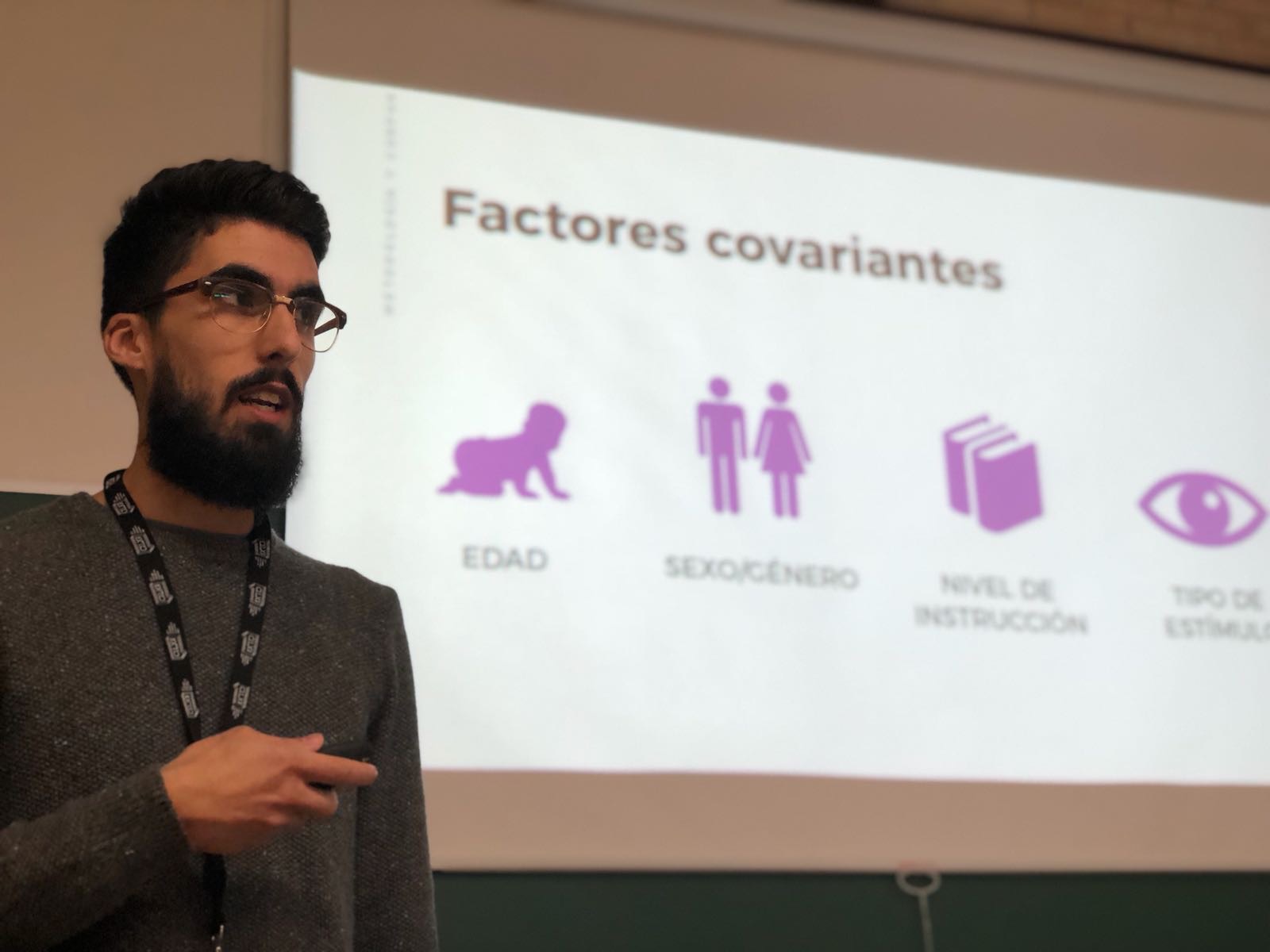A paper entitled “Syntactic variation in cognition: the placement of verbal objects and postverbal subjects in situated interaction” has been presented by María José Serrano at 5th UK Cognitive Linguistics Symposium (Lancaster University, England, July 29-31)
The main aim of this presentation is to lay some bases for the construction of a theoretical model of variation in syntax, taking into consideration the main elements of the grammatical clause as well as the relationships between them. The principles and methods of the study of syntactic variation can greatly benefit from the theoretical bases offered by cognitive linguistics, particularly its view of syntax as inherently meaningful. This will make it possible to accommodate the sociolinguistic side of variation; the generation of meaning through syntactic choice results in the rise of communicative styles as the construction of personal identities and of interpersonal relationships. It follows that the differential patterning of syntactic variants across communicative settings and social groups will reflect the preference for different ways to create meaning.
In this paper it will be analyzed the syntactic object (simple or as a clause), direct with or without preposition, whose prototypical position is postposed to the verb in competition with the postverbal subject. Such a position represents the syntactic prototype termed canonical event model, as developed by Langacker. It represents a flow of energy running from a subject-agent to an object-patient. In many languages of the world they will be prototypically disposed in an SVO order. Objects and postverbal subjects adopt different orders which constitutes the bases of this research.
In order to carry out this analysis we will take examples from one corpus of contemporary Spanish, named Corpus Conversacional del Español de Canarias (CCEC). It is divided into a section of spontaneous conversational texts and another one of TV and radio programs. According to the observation of examples, it can be proposed a continnum of salience and informativeness for either the subject and the object in the variants found. The cognitive properties of the subject, in the VSO variant is +salient, whereas in the VOS and the OVS variants is not salient but being gradually more informative. As regards the object, in VSO it acquires the higher level of informativeness, and it goes more salient in VOS and OVS variants. Those meanings created by cognitive properties are distributed unequally across different texts and communicative situations. The copresence of postverbal subjects and objects shows that they tend to mostly appear in mass media texts genres, where the expression of an object would be expectably more necessary than in the conversationals. As for the distribution of the three variants in both groups of texts, the calculations indicate that they are somewhat specialized, VSO scores are higher in mass media texts and OVS are representative in conversational ones. This is an indication, as suggested before, that the expression of the postverbal object in the prototypical position is more typical of planified discourse like the mass media. The normalized frequency or absolute variable analysis shows that informative-debate and magazines obtains the higher values of the VSO variant. Being these genres clearly interactive and devoted to the information and the entertainment, it is expectable the interrogative utterances one of the most used, where the subject is placed just between of the verb and the object.
The VSO variant is also very present in indirect interrogatives of magazines and informative-debates. The salience of the subject and the informativeness of the object are very suitable for that kind of utterance, which, by the order adopted tend to convey a meaning based on epistemicity. Such an epistemic meaning may emerge not only from interrogative utterances but it is also present in declarative clauses. By its part, the OVS variant, being more frequently used in conversational texts provide a different, even opposite meaning. The informative load it is not assumed by the object, but rather by the subject which becomes highly informative whereas the object turns salient. Such interchange of functions gives rise to a deontic meaning, founded on notions like exhortations, needs, dutys or permission required by anyone, and the subject acquires an important responsibility marked by its postverbal absolute placement.
As demonstrated, the syntactic variants studied, based on their cognitive properties contribute to create different meanings in discourse. More specifically, VSO tends to mean epistemicity whereas OVS tends to perform deontic meanings.
Each of the syntactic variants studied may serve different communicative goals and help create different stylistic meanings, whose interpretation can be grounded on abstract dimensions such as those of subjectivity and objectivity.





Ningún comentario